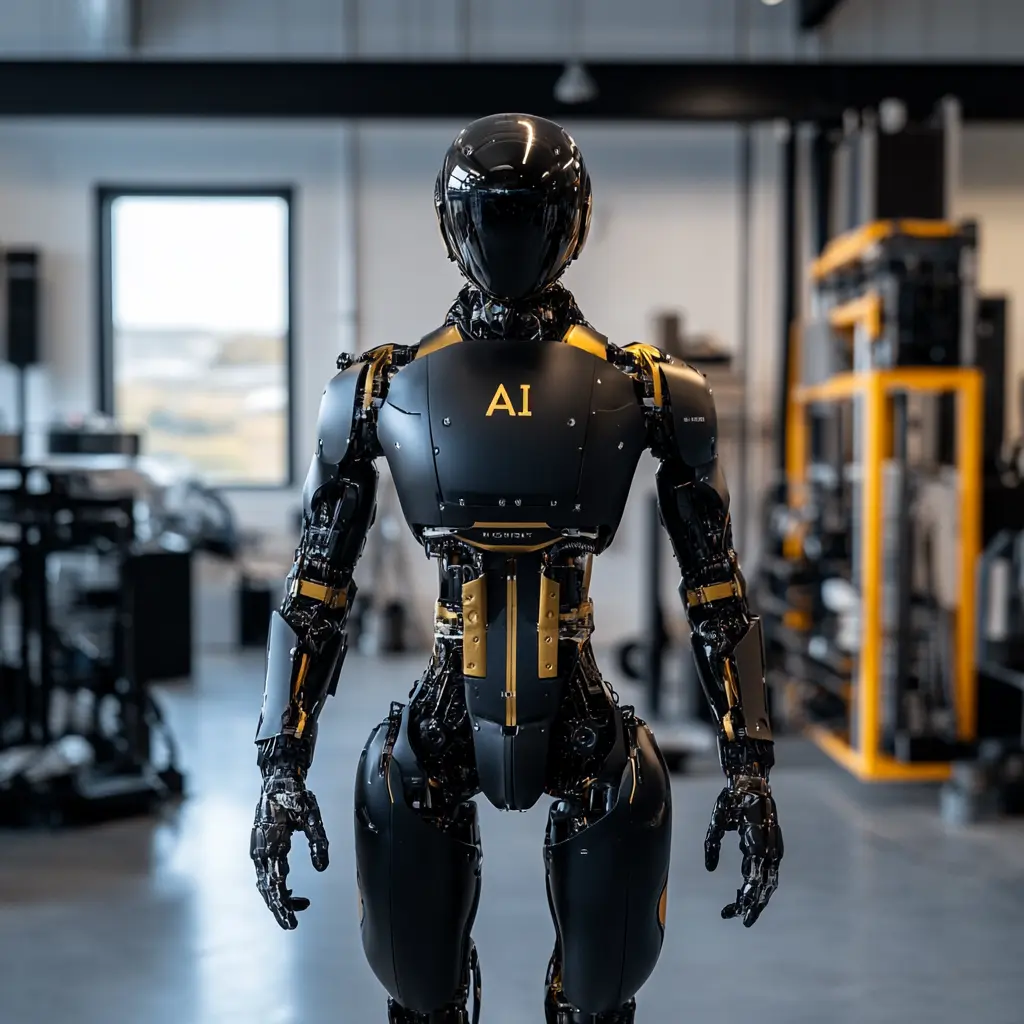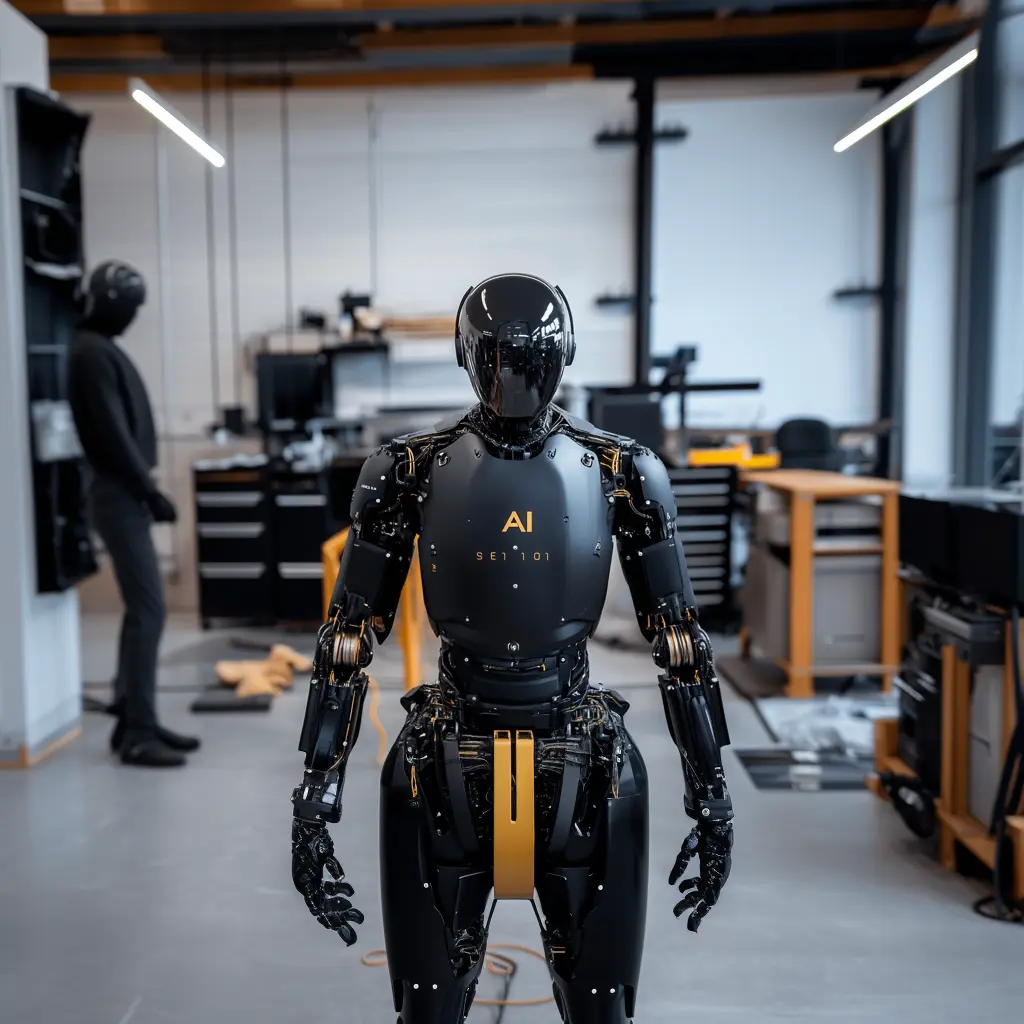A New Era of Humanoid Movement
In a groundbreaking leap for robotics, Engine AI has unveiled its newest creation, the EngineAI Robotics SE01—an advanced humanoid robot that walks with a grace so fluid, it could easily be mistaken for a human. This achievement brings us closer than ever to the day when humanoid robots become commonplace in our everyday environments.
Table of Contents
Breaking the Mold of Traditional Robotics
Historically, robots have moved with the telltale awkwardness of machinery: clunky, mechanical, and unmistakably robotic. However, the SE01 breaks this mold by adopting an elegant, human-like stride.
The Technology Behind SE01
Through the use of end-to-end neural network solutions—blending reinforcement learning and imitation learning—Engine AI has successfully trained the EngineAI Robotics SE01 to emulate human walking patterns. This has culminated in strides that are both energy-efficient and unnervingly natural.
One of the key advancements is the robot’s integrated harmonic joint module. This innovation allows EngineAI Robotics SE01 to seamlessly transition between stationary and dynamic states while maintaining agility and precision.
Advanced Visual Systems
The robot’s dual processors, sourced from NVIDIA and Intel, support its advanced visual system, equipped with high-precision stereo cameras that enable SE01 to navigate complex environments. Such capabilities make it ideal for a variety of applications, from industrial tasks to education and healthcare.
Durable and Lightweight Design
Constructed from aerospace-grade aluminum alloy, the EngineAI Robotics SE01v boasts a robust yet lightweight frame, enhancing durability without added bulk. This construction choice signals Engine AI’s intent to make the EngineAI Robotics SE01 not just a technological showcase but a practical tool meant for widespread use.


Strategic Vision for Integration
Engine AI’s strategic vision extends beyond creating singular robots. The company plans to integrate its innovations into both domestic and industrial spheres as part of a broader product line. They aim to complete this ambitious rollout by 2024, targeting a production scale of over 1,000 units annually by 2025.
Clone Robotics: Pioneering Synthetic Humans
While Engine AI sets the stage for practical humanoid robots, Clone Robotics, based in Poland, embarks on an even more audacious journey: creating synthetic humans. Unlike typical humanoids, Clone Robotics’ designs aim for hyper-realistic movement and appearance.
Introducing the Torso Robot
Their recent unveiling, the Torso robot, features components that replicate the human musculoskeletal system, including movable shoulders, elbows, and a cervical spine. Initially limited to the upper body, this design showcases an innovative approach to movement through open-loop control commands rather than conventional feedback systems.
Hydraulics and Precision Engineering
Clone Robotics emphasizes the use of hydraulics, enabling their humanoids to simulate the power and flexibility of human muscles. This is complemented by a compact valve matrix integrated within the model’s ribcage, enhancing the robot’s efficiency and precision.
Advances in Robotic Dexterity
The company has already made significant strides in robotics engineering, particularly with its advanced hand designs featuring unparalleled dexterity. With proprietary hydraulic muscles and force valves, Clone’s robotic hands surpass existing models in strength and flexibility, pointing toward a future where robotic dexterity matches or exceeds that of humans.
Potential for Real-world Applications
Significant talent acquisition from industry leaders like NVIDIA further boosts Clone Robotics’ potential. The company utilizes cutting-edge simulation technologies to train its robots for real-world tasks at an unprecedented pace, moving closer to creating Androids capable of handling complex challenges with human-like precision.
Transforming the Future of Robotics
Engine AI and Clone Robotics exemplify the frontier of transforming humanoid robots from conceptual prototypes to functional entities poised to integrate seamlessly into our daily lives. Whether as practical work partners or eerily lifelike synthetic beings, the emergence of these technologies heralds an era where humanoid robots might become as familiar as smartphones.
Conclusion
In conclusion, these groundbreaking developments underscore a new chapter in robotics. With mass production for EngineAI Robotics SE01 scheduled by 2025 and Clone Robotics advancing toward fully functional Androids, we are at the cusp of a revolution that will redefine how society interacts with machines. The future is not only near but it’s walking toward us—are we ready to embrace it?
Stay tuned to our blog for more updates on AI advancements and robotics technology.






Leave a Comment